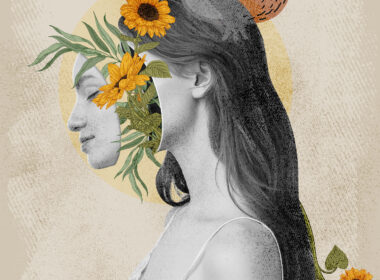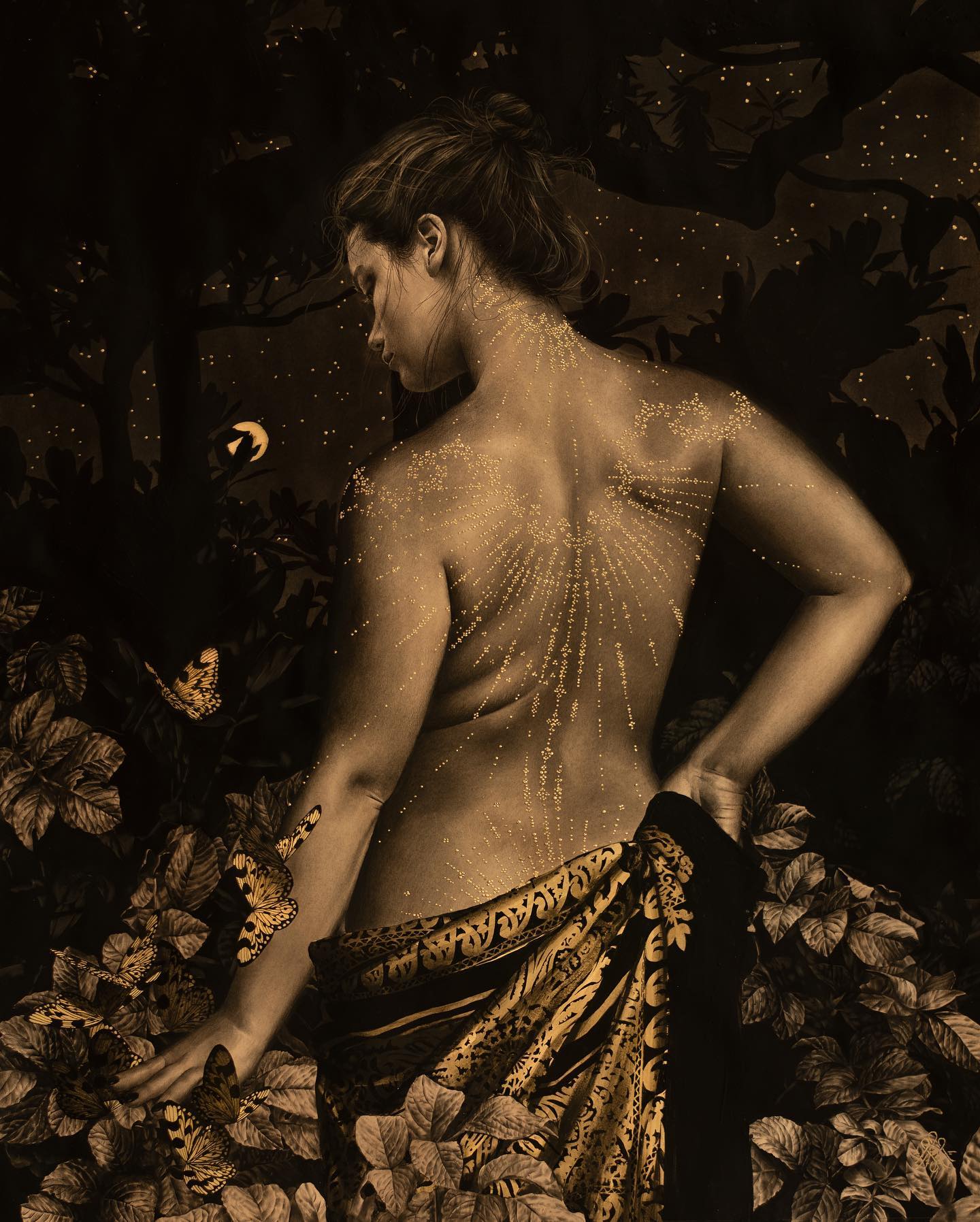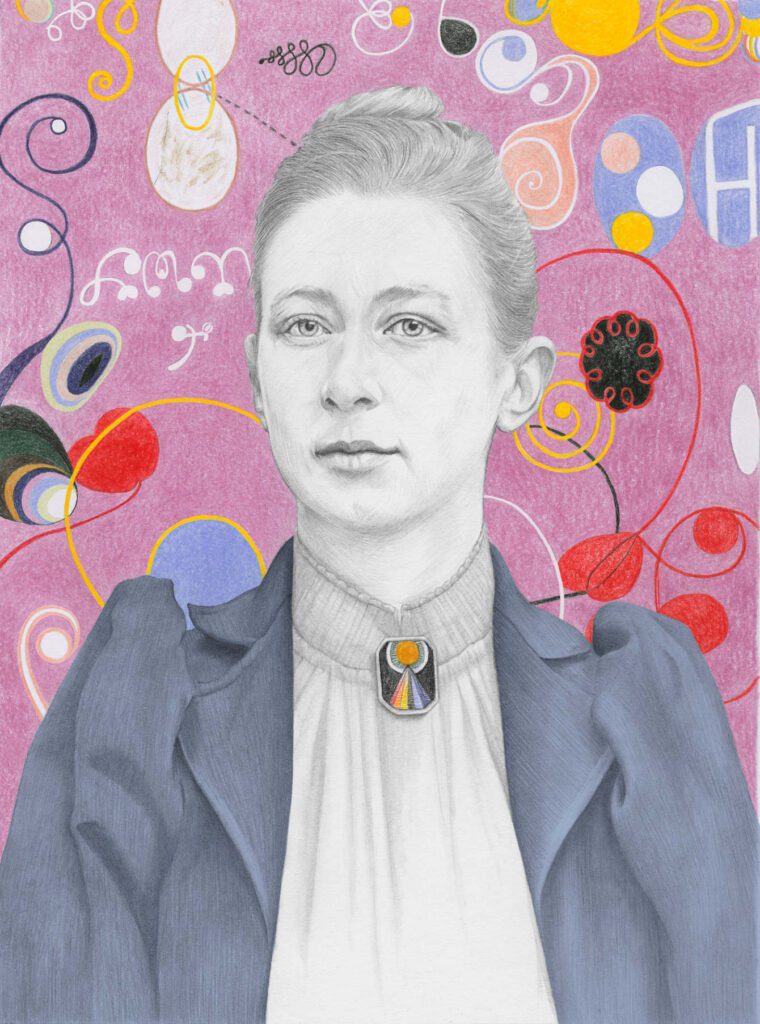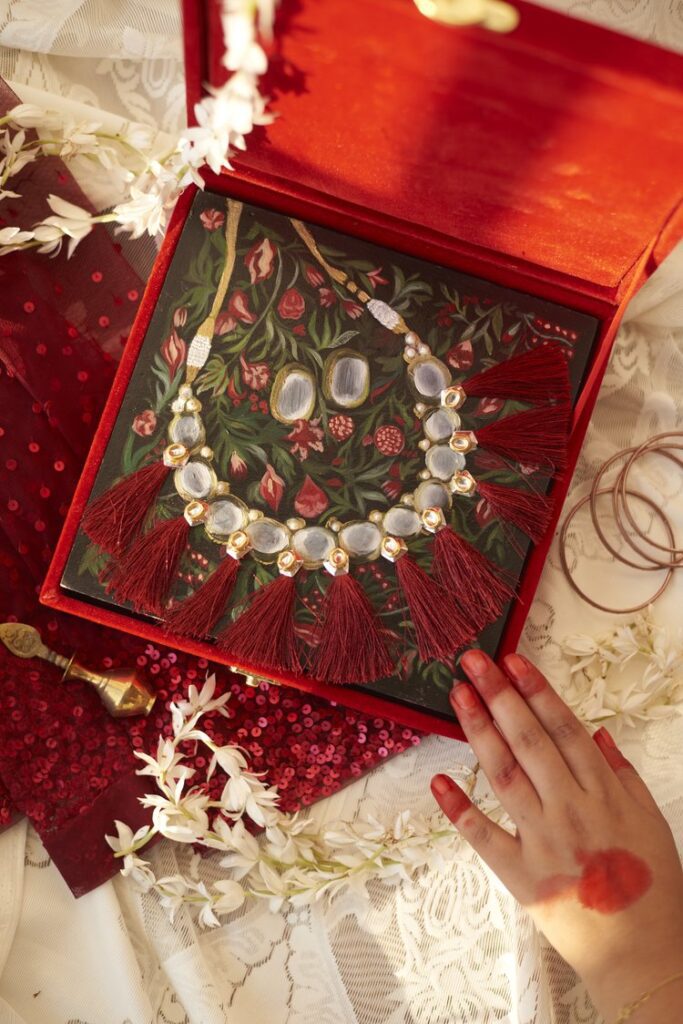
Anni Albers: The thread that changed art and design


Art is a secret language, speaking without words but with emotions, beauty, and messages that touch our hearts. Art is a world where feelings and stories find a home. It’s like a language where colors and shapes speak for our hearts. Artists use different tools to tell their stories like writers use words to share their thoughts.
Today, we’re about to step into the life of Anni Albers an artist who turned threads into something magical – art you can touch!
Anni’s art was more than just pretty patterns. It was like a secret code, whispering stories of her life and dreams. She showed everyone that art isn’t just about paint. It’s about exploring new ways to create beauty.
This journey isn’t just about Anni’s art; it’s about how she changed how people see creativity. From weaving threads to weaving dreams, Anni Albers made a mark on the world of art that’s still felt today.
Lets explore the life of Anni Albers, an artist who used threads and looms to create something truly unique. Her passion for art and her drive to try new things will inspire you. Her story will teach you how Anni Albers showed the world that art can be created in the most surprising ways.
Who was Anni Albers- Early life
Anni Albers was born in 1899 in Berlin, Germany when the world was on the brink of change. She grew up in a family that valued education and creativity. Her father was a furniture maker, and her mother was a skilled amateur artist.
In 1922, Anni Albers enrolled at the Bauhaus, a revolutionary school that combined art and crafts. It was here that she began her journey into the world of weaving. The Bauhaus encouraged artists to explore different materials and techniques, breaking away from traditional norms.
The school’s emphasis on experimentation allowed Anni to delve into the complexities of texture, color, and design within textiles. Her time at the Bauhaus laid the foundation for her future groundbreaking work.
In the Bauhaus, Anni Albers learned from masters of various disciplines. Teachers like Paul Klee and Wassily Kandinsky opened their eyes to the power of colors and shapes. She soaked up inspiration from her surroundings, from the school’s vibrant atmosphere to the modernist movement shaping the world.
Anni’s dedication to weaving caught the attention of Gunta Stölzl, head of the weaving workshop. Under Gunta’s guidance, Anni honed her skills, merging traditional techniques with bold new designs. By blending art with function, she challenged the norms of the time.
Her innovative spirit led her to experiment with new materials like cellophane and metallic threads. These unconventional choices brought a modern edge to her work. Her designs adorned living spaces, capturing attention for their aesthetics and the stories they told.
In 1925, Anni Albers completed her studies at the Bauhaus and married Josef Albers, another influential artist from the school. The couple embarked on a lifelong artistic partnership, supporting each other’s creative endeavors.
Anni Albers’ work and the inspiration behind
Leaving the Bauhaus was just the beginning of Anni Albers’ journey. She and Josef moved to the United States as the winds of World War II swept through Europe.
Anni’s unique approach to textiles earned her recognition and respect. She explored the connection between art and industry, blending traditional craftsmanship with modern design. Her commitment to the art of weaving extended beyond her creations; she became a passionate educator, sharing her knowledge with students at the experimental Black Mountain College.
“The good artist loves his limitations.”
Her groundbreaking 1965 book, “On Weaving,” solidified her status as a thought leader in textiles. This comprehensive exploration of weaving’s history, techniques, and possibilities showcased her analytical mind and deep connection to the craft.
Anni’s work reached far beyond the confines of galleries. Her textiles adorned public spaces, adding warmth and depth to the environments they graced. Her innovative ideas rippled through time, influencing generations of artists who followed in her footsteps.
Anni Albers’ artistry didn’t just create textiles; it spun stories that resonated with people worldwide. Some of her famous works include:
Six Prayers (1966):
Anni wove together six panels in this striking piece, each representing a prayer from a different faith. The threads of this artwork beautifully symbolize the interconnectedness of diverse beliefs, sending a powerful message of unity through art.
With Verticals (1946):
“With Verticals” captures the energy of urban life. With every thread, she brings to life the rhythm and movement of bustling streets, reminding us that art can mirror the world around us.
Dotted (1959)
Small dots form a larger pattern in “Dotted” showcasing Anni’s mastery of texture and design. This piece is a testament to her ability to create intricate beauty using the simplest elements. It’s a reminder that even small things can make a significant impact.
Epitaph” (1968):
Anni’s art often carried deeper meanings, and “Epitaph” is no exception. She dedicated this piece to the memory of her friend and fellow artist, Eszter Haraszty. The careful arrangement of lines and shapes reflects the emotions of loss and remembrance.
Anni Albers’ creations are a tapestry of emotions, stories, and innovative techniques. Her art encourages us to see the world through different threads, each with a unique story.
Why does her work matter? Anni Albers’ Lasting Impact on Art
Why does Anni Albers’ work matter? Her ability to reshape how we perceive art and craft is the answer. Her legacy goes beyond threads and looms; it’s woven into the very fabric of the art world.
Anni’s art challenged boundaries. She took weaving, often seen as a functional craft and elevated it to the realm of fine art. By doing so, she opened doors for artists to explore unconventional mediums, proving that creativity knows no limits.
Her emphasis on experimentation and pushing artistic boundaries set a precedent. Anni’s innovative spirit inspired subsequent generations of artists to think outside the box, question norms, and infuse deeper meaning into their creations.
Through her teachings at Black Mountain College and the publication of “On Weaving,” Anni shared her wealth of knowledge with aspiring artists. Her impact on education extended beyond her lifetime, shaping the curriculum of art schools and encouraging a deeper understanding of textiles as a powerful medium.
Anni Albers’ work serves as a bridge between art and life. It demonstrates that art is not confined to galleries but can be integral to our daily experiences. Her textiles find their place in public spaces and private homes, enriching environments with visual narratives and emotional depth.
In unraveling Anni Albers’ influence on the art world, we witness a tapestry of transformation. Her contributions remind us that art is a thread that connects us across time and space and that creation can be as impactful as the final masterpiece.
“Material is a means of communication
Anni’s journey from the Bauhaus to becoming a global textile visionary reminds us that art isn’t confined to canvas but can be found in the interplay of colors, textures, and ideas. Her legacy lives on in every thread she touched, every student she inspired, and every heart her art touched.
Through her pioneering spirit, Anni Albers showed us that creativity knows no boundaries—threads, like ideas, can be woven into something truly extraordinary.
So this is it for today, but If you’re interested in reading more about such inspirational women who have left an indelible mark on art history with their remarkable works, we invite you to explore our Arts History section. Each week, we delve into the stories of female artists who have shaped the artistic landscape and pay tribute to their outstanding contributions.
Join us on this journey of discovery and celebration as we uncover the remarkable women who have woven themselves into the tapestry of art history.

















Comments 15